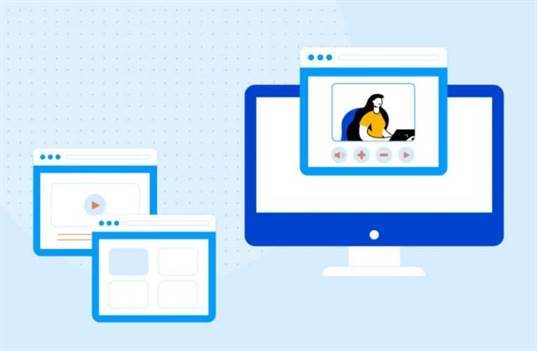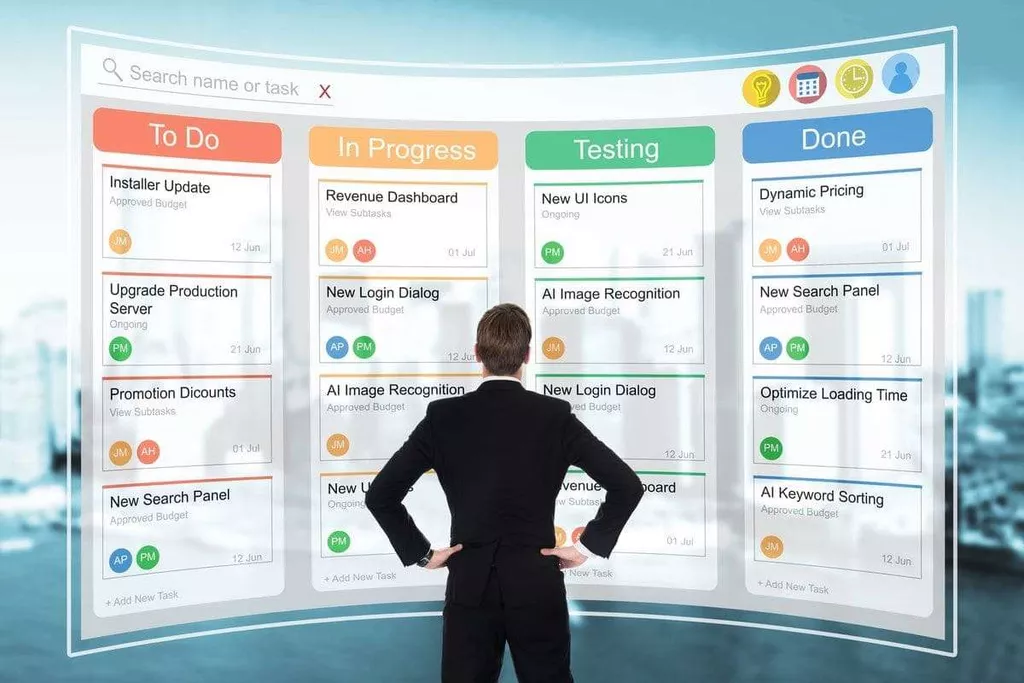Follow its principles and you can build the highest quality software for the lowest cost in the shortest time possible. The software development life cycle (SDLC) started to become a formalized process for software development in the 1960s. With its loosely defined development phases, the SDLC has become a software development term that gets a lot of people talking.
- Having separate build and production environments ensures that customers can continue to use the software even while it is being changed or upgraded.
- During the Development Phase, the programming languages and different frameworks come into use for the actual implementation of the product.
- SDLC provides a well-structured flow of phases that help an organization to quickly produce high-quality software which is well-tested and ready for production use.
- SDLC process aims to produce high-quality software that meets customer expectations.
Hence, with the requirements defined in SRS, multiple designs for the product architecture are present in the Design Document Specification (DDS). After evaluating all the possible factors, the most practical and logical design is chosen for development. Once the Analysis Phase is over, the team needs to come up with the most accurate, robust, efficient, and cost-effective architecture for the product that needs to be developed. During this phase, the team proposes more than one design, and they select the best one based on various parameters such as robustness, durability, timeline, cost-effectiveness, and others. The different design architectures are typically documented in the Design Document Specification (DDS). After the completion of the Requirement Gathering phase, the next step is to analyze the requirements and get the approval from the customer/clients.
Stage-4: Developing Product
Limitations regarding the steel-concrete scope and possible changes make the Waterfall model less popular among the development teams today. There are various SDLC life cycle models used to run the development project. They all consist of the same basic steps we’ve mentioned above,which are equally important. The main difference between system development life cycle the models is that they all plan the necessary development activities and steps in different ways. In addition, the ISO standard determines that a software life cycle can be divided into stages (or phases). Different phases of SDLC model represent periods within the life cycle that determines the state of software product realization.
However, the planned project duration was around a year and a half. It meant that according to Waterfall, the client wouldn’t be able to see and test the product until after a year of development. So, to mitigate this risk, we split the development into four parts called releases or iterations. After each iteration, we demonstrated the intermediate result to the client, collected feedback, and improved. For example, we used Waterfall for building CHOO, a member management system for Norwegian associations. Then for system redesign and product improvements we followed the iterative approach.
Software developer careers and job outlook
Project managers use tools like Gantt charts and task lists to track milestones and deadlines. They also work with developers to ensure that projects are on track and within budget. The spiral model is suitable for large and complex projects that require frequent changes. However, it can be expensive for smaller projects with a limited scope.
It’s become such a popular approach that it spawned several implementation frameworks, and we’ll touch on some below. I’ve employed the SDLC process extensively in my career creating software products. It’s helped me launch a variety of software from multibillion-dollar global platforms used by major corporations to apps for small businesses. Modern tools such as Retrace help development organizations to automate many development tasks and gain real-time insights into the codebase. The waterfall model can’t help you much because requirement definitions happen at the top of the waterfall.
Advantages and disadvantages of SDLC
At this point, cost estimation and risk evaluation happen as well. Here’s an exhaustive overview of Software Development Life Cycle phases and models to help you pick the framework that fits you the most. There are so many different SDLC models in software engineering, and choosing the best one for your project is half the battle on the way to creating a successful product. Explore our comprehensive guide on Software Development Life Cycle models. Uncover the strategies for efficient coding, testing, and deployment to boost your software success. A fully integrated end-to-end value stream management platform, and cloud-based software development platform to visualize and manage the flow of value.

The design phase is when software engineers identify the technical components needed to deliver on requirements. You know the deliverable adds business value since you’re building functionality needed by end users, eliminating the cost of wasted effort. Since each step is well-defined, you can tell if you’re on track or must adjust to meet time and budget constraints. SDLC’s set of standard processes and deliverables allows your team to work faster. If you want to learn more about the Agile approach, we highly recommend you download our Decision Maker’s Guide to Agile Product Development.
Software Reliability
The model represents a certain structure required to make a software product transit through its life cycle stages. When following the SDLC methodology, all project stakeholders gain visibility into the project from start to finish. It also helps developers manage their time and resources more efficiently and provides simplified project tracking. Software development can be challenging to manage due to changing requirements, technology upgrades, and cross-functional collaboration.

The software development lifecycle (SDLC) methodology provides a systematic management framework with specific deliverables at every stage of the software development process. As a result, all stakeholders agree on software development goals and requirements upfront and also have a plan to achieve those goals. SDLC is a method, approach, or process that is followed by a software development organization while developing any software. SDLC models were introduced to follow a disciplined and systematic method while designing software.
S. Reliability Models
So now, with a loose definition of the SDLC in our pockets, let’s see how this term gets applied to the most common development models. Let’s take a quick look at each development phase and what tasks they contain. Here at MindK, we’ve concluded that none of the SDLC models is a magic bullet.

During the evolution of SDLC, different models emerged from the basic waterfall methodology to meet various requirements and expectations. There is no all-purpose model that works well for all projects, https://www.globalcloudteam.com/ conditions, and cost requirements. Each model has a unique set of actions that ensure the development process’s success. We hope this article sheds more light on various SDLC models available.
Rapid Application Development (RAD)
The waterfall model is not in practice anymore, but it is the basis for all other SDLC models. Because of its simple structure, the waterfall model is easier to use and provides a tangible output. In the waterfall model, once a phase seems to be completed, it cannot be changed, and due to this less flexible nature, the waterfall model is not in practice anymore. The agile development model coupled with DevOps pushes at the boundary of the classic phases of the SDLC. Detailed requirement definition, normally performed during planning and analysis, has moved from complex diagrams to the code itself.
